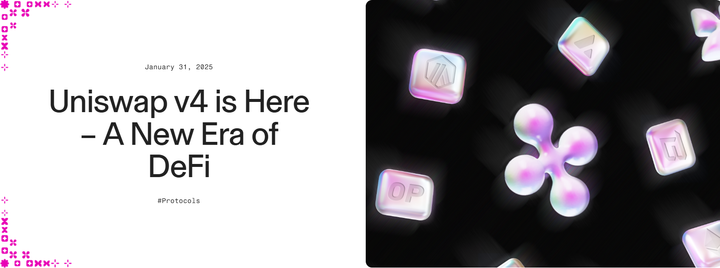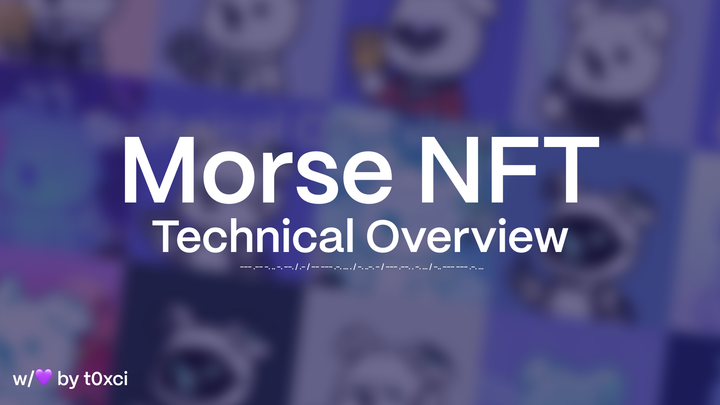Comparative Tokenomics Deep-Dive: Sahara AI vs. Magic Newton vs. Humanity Protocol

Breaking Down Supply Models, Vesting Schedules & Incentives for Long-Term Ecosystem Health
Introduction
Tokenomics goes beyond just counting how many tokens are out there; it’s really about how trust, utility, and power are shared among participants. With the spotlight on recent Token Generation Events (TGEs) from Sahara AI, Magic Newton, and Humanity Protocol, there’s a growing curiosity about which projects are truly gearing up for sustainable, long-term success and which ones might be prioritizing short-term gains at the expense of future stability.
In this analysis, we take a closer look at the tokenomic frameworks of each project: examining the total and circulating supply, the vesting schedules, the allocation percentages within the ecosystem, and the incentives crafted to reward early supporters and community contributors. Most importantly, we break down what these structures mean for early backers, retail investors, and those looking to hold onto their tokens for the long haul.
1. Sahara AI: Community-Heavy & Builder-Oriented
Token Overview
- Ticker: SAHARA
- Max Supply: 2,000,000,000 (2B)
- TGE Date: June 26, 2025
- Circulating Supply at TGE: ~110,000,000 (5.5%)
Allocation Breakdown
- Ecosystem & Community: 64.25%
- Dev Fund: 33.9%
- Data Contribution & Incentives: 22.2%
- Airdrops: 8.15%
- Investors: 18.75%
- Team & Advisors: 17%
Vesting & Unlocks
- Community Airdrop (5%): Gradual unlock over 6–15 months
- Team Tokens: Locked for 12 months, then linearly vested over 24 months
- Investor Tokens: 6-month cliff, 18-month linear unlock
Incentives & Takeaways
Sahara AI skews heavily toward community ownership, with 64% of tokens reserved for development, data rewards, and user incentives. This helps bootstrap activity in its AI marketplace and labeling ecosystem.
However, the slow unlock schedule for early contributors and team members signals a long-term commitment to decentralization and value capture via utility, not hype.
Verdict: Ideal for long-term holders who believe in decentralized AI as a service model, though short-term liquidity may be constrained.
2. Magic Newton: Controlled Circulation, Infrastructure-First
Token Overview
- Ticker: NEWT
- Max Supply: 1,000,000,000 (1B)
- TGE Date: June 25, 2025
- Circulating Supply at TGE: ~45,000,000 (4.5%)
Allocation Breakdown
- Foundation Treasury: 25%
- Ecosystem Growth: 15.5%
- Public Sale & Airdrops: 7%
- Team & Advisors: 20%
- Private Round Investors: 30%
- Reserve & Liquidity: 2.5%
Vesting & Unlocks
- Public Sale/Airdrop: Partial unlock at TGE, remainder over 6–12 months
- Team & Advisors: 12-month cliff, 3-year vesting
- Investors: Tiered release starting at 6 months, spread over 18–24 months
Incentives & Takeaways
Magic Newton’s tokenomics reflect a foundational infrastructure strategy, where a significant portion (55%) is retained between the foundation and investors to ensure network development, liquidity support, and staking incentives.
The relatively modest public allocation (~7%) and slow rollout indicate a more centralized initial phase of governance and capital efficiency.
Verdict: Appeals to infrastructure-minded VCs and devs, but early retail buyers may face low float and delayed price discovery.
3. Humanity Protocol: Wide Distribution, Identity-First Utility
Token Overview
- Ticker: H
- Max Supply: 10,000,000,000 (10B)
- TGE Date: June 25, 2025
- Circulating Supply at TGE: ~1.83B (18.3%)
Allocation Breakdown
- Community & Rewards: 35%
- Ecosystem Fund: 20%
- Investors: 25%
- Team & Advisors: 15%
- Liquidity, Partners, Others: 5%
Vesting & Unlocks
- Community Rewards: Immediate distribution to PoH users, phased out over 36 months
- Investors: 12-month cliff, then 24-month linear vesting
- Team: Full lockup for 12 months, then 3-year linear release
- DAO-controlled treasury: Unlocks tied to governance votes
Incentives & Takeaways
Humanity Protocol aims for early distribution, evidenced by its larger-than-average circulating supply at TGE. This is intended to fast-track adoption of its biometric PoH system. But with such a massive supply and only partial locking mechanisms, the project risks short-term dilution and volatility.
DAO governance is still forming, meaning treasury-controlled emissions will be closely watched.
Verdict: Short-term users benefit from early token availability, but long-term holders must monitor unlock pressure and governance maturity.
Tokenomics Comparison Table
| Category | Sahara AI | Magic Newton | Humanity Protocol |
|---|---|---|---|
| Ticker | SAHARA | NEWT | H |
| Max Supply | 2B | 1B | 10B |
| TGE Date | June 26, 2025 | June 25, 2025 | June 25, 2025 |
| Circulating Supply at TGE | ~110M (5.5%) | ~45M (4.5%) | ~1.83B (18.3%) |
| Team Allocation | 17% | 20% | 15% |
| Investor Allocation | 18.75% | 30% | 25% |
| Ecosystem & Community | 64.25% | 15.5% + 7% (22.5%) | 35% |
| Lockup Duration (Team) | 12 mo cliff + 24 mo vesting | 12 mo cliff + 36 mo vesting | 12 mo cliff + 36 mo vesting |
| Main Token Utility | Data contribution, AI usage | On-chain agent automation | Identity verification, DAO voting |
| Early Liquidity Strategy | Limited float, targeted airdrop | Low float, gradual sale rounds | Broad airdrop, PoH user rewards |
Conclusion & Insights
1. Token Availability Signals Strategy
- Sahara AI and Magic Newton prioritize gradual releases, creating scarcity and encouraging long-term commitment.
- Humanity Protocol favors early distribution to foster user traction—but risks price suppression due to over-supply.
2. Community Ownership vs. VC Heaviness
- Sahara leans community-first with 64.25% to builders and users.
- Magic Newton sits on the other end of the spectrum with investor + team control exceeding 50%.
- Humanity balances between the two, though its high supply calls for cautious emission monitoring.
3. Vesting Durations Set Commitment Tone
- All three projects follow relatively investor-friendly norms: 6–12 month cliffs and 2–3 year vesting.
- However, Magic Newton’s longer team lockup (3 years) may build extra trust.
- Humanity Protocol’s DAO gating treasury emissions is innovative but untested.
Final Takeaways
| User Type | Best Fit Project | Why |
|---|---|---|
| Retail Buyers | Sahara AI | Gradual unlocks protect early price discovery |
| VCs & Funds | Magic Newton | Investor-heavy, infrastructure-controlled |
| Builders & Stakers | Humanity Protocol | Early access, wide supply for experimentation |
Tokenomics is about tradeoffs: scarcity versus accessibility, fairness versus capital needs, speculation versus sustainability. Each of these three projects makes its own bet—and only time will tell which structure leads to real network effects.
📚 Explore More on Mitosis University
- Check out our Glossary for definitions on vesting, token utility, emission schedules and more.
- Deep dive into “Token Design in Layer-2 Ecosystems” under the Blockchain Foundations section.
Internal Mitosis Links & Glossary References
- Bitcoin
- Blockchain
- Cryptocurrency
- Mitosis Core: https://university.mitosis.org/mitosis-core
- Governance: https://university.mitosis.org/governance
- Glossary: https://university.mitosis.org/glossary/
- Ecosystem Connections: https://university.mitosis.org/ecosystem-connections



Comments ()